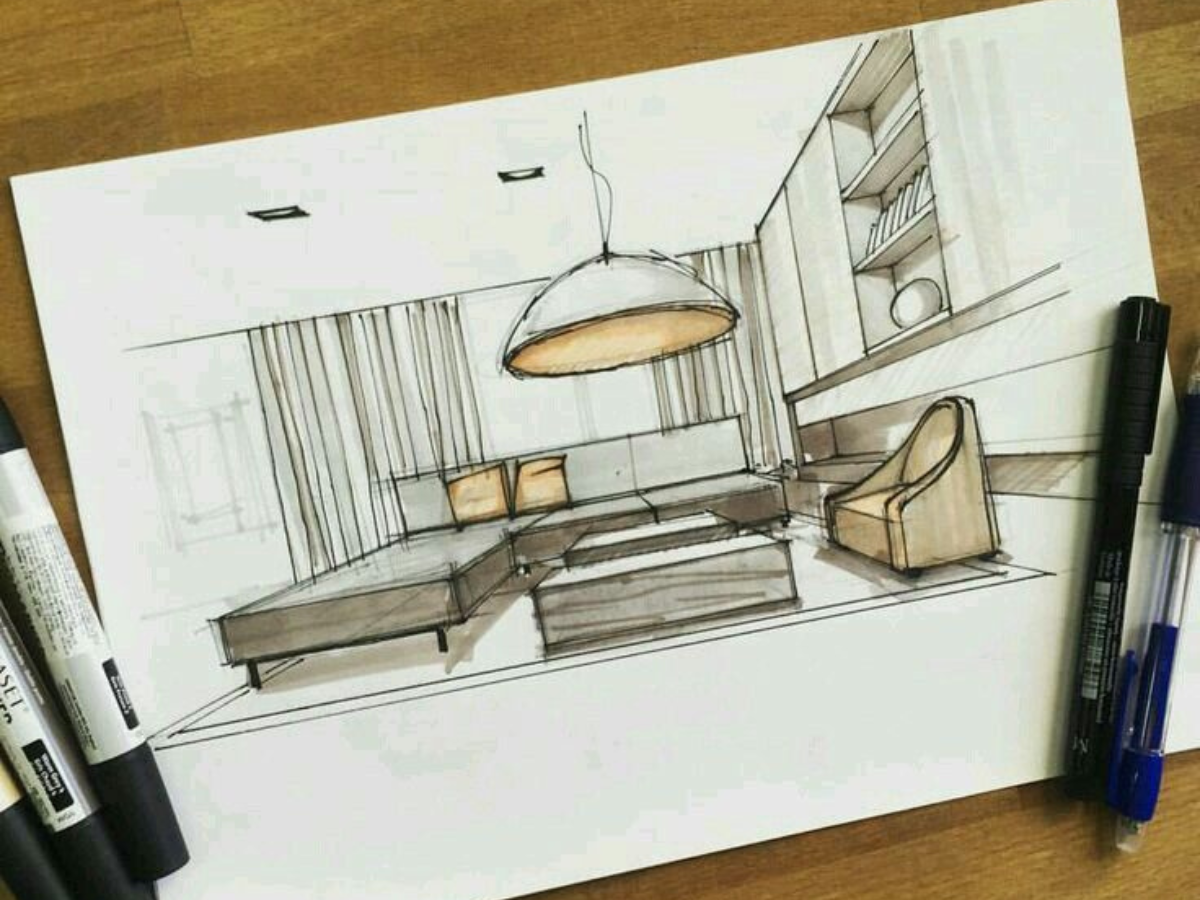
Top Interior Designers Mantra – Nail the basics first, detail the details later
The highly fragmented global interior design services market is estimated to grow at a CAGR of 5.16% between 2022 and 2027. With construction activities increasing across the residential and commercial sectors in North America, Canada, the Middle East, Africa, South America, China, Japan, India, and Germany, the size of the market is expected to grow by USD 34029.03 million (according to a report by Technavio). Furthermore, technological advancements and innovations like machine learning, VR, and AI in digital design are also elevating the execution of interior design projects fuelling faster market growth. So, if you want to be a part of this industry and become a top interior designer like Suzanne Khan or Nate Berkus, remember the one rule every successful interior designer follows is —nail the basics first, detail the details later!
Why is detailing important in interior design?
In any interior design project, attention to detail means focusing on minor aspects to ensure the desired result. While the basic principles form the backbone of the design, the attention to detail coheres elements in a space to maximize the project’s potential.
Detailing in design changes the look and feel and gives the home or the property a personality. It makes potential buyers notice the effort and planning resulting in class and convenience. It also adds value to the price consideration. Interior design principles combined with fine detailing evoke an altogether different emotional response in a well-designed home!
Role of the design brief
A comprehensive, detailed brief is essential to understand what the designer needs to do in line with the existing boundaries and constraints. The brief should be a window to the owner’s requirement tying every expectation, big or small, from the word ‘go’. It should include:-
- Objectives and goals of the new design
- Scope of the project
- The approximate budget
- Timeline and schedule
- The target audience and its expectations in the overall look and style.
- Constraints, local permits, etc.
Once the interior designer gets a detailed brief with all the ‘do’s’ and ‘dont’s’, it is easy to see the big picture and start planning, keeping in mind small but vital detail. The design brief works as a consult on design decisions.
Nail the basics first!
There are seven basic Interior Design elements that every top interior designer takes into consideration while planning a design. They are:-
- Space planning
- Colour
- Lines
- Light
- Texture
- Pattern
- Shape and form
If the client can select a trendy or mixed interior design style right in the beginning, it will help keep the space cohesive, focused, balanced, and in line with overall design elements. Also, at this stage, it is good to include structural considerations, architectural details, outlets, feature walls, furniture placement, etc.
How to pay attention to details in interior design
Little things make big things happen! Detailing the details means combining the creative with the technical to execute custom design elements into the project design. It makes a well-executed space feel personal, seamless, visually appealing, and uniquely functional. It defines the success or failure of the project.
Interior design detailing means paying attention to crown mouldings, railings, light switches, window frames, cabinet hardware, wood textures, wallpaper, wall art, finishes, accents like throw pillows, etc., which impact the finished design. Detailing also reflects the interior designer’s dedication to maximizing the potential of even the tiniest feature in the available space.
Nail the basics first, and detail the details later is the secret to a beautifully finished unique design. So, if you are looking for home renovations or interiors for your new home, consult an expert interior designer to inject some flair into your design ideas and home!





